Dorisan Observatory (도리산전망대)
2025-01-09
54, Jodo-daero, Jodo-myeon, Jindo-gun, Jeollanam-do
+82-61-540-3601
Located at the top of Mt. Dorisan in Yeomi-ri of Sangjodo Island, Dorisan Observatory is the highlight of the area, and offers panoramic views of Dadohae and its many islands including Gwanmae, Byeongpung, Nabae, Daema and Soma Islands.
The eco-friendly structure provides panoramic views of nearby islands that locals like to say, “appear scattered over the sea like a flock of birds over water.” Visitors can enjoy majestic sunrise and sunset views, and on days with clear visibility, can see Bogildo Island in Haenam and even as far as Hallasan Mountain and Chujado Island in Jeju.
Another of Jodo’s attractions is the nature lover spots on Hajodo Island. Jodo is comprised of the Sangjodo and Hajodo Islands connected by a bridge. The entire area is filled with pine trees and has plenty of beach access. The nearby Dondaebong Peak (230m) and the Hajodo Lighthouse offer comparable views and scenic landscapes for visitors in the area to enjoy.
Dogapsa Temple (도갑사)
2021-12-06
306, Dogapsa-ro, Yeongam-gun, Jeollanam-do
+82-61-473-5122
Dogapsa Temple, built during the late Silla period, has a long history and various national treasures. Approximately 100 meters from Iljumun Gate of Dogapsa Temple is Haetalmun Gate (gate of emancipation), built in 1473 with a unique design that is also designated as a National Treasure. Near the gate is Treasure No. 1134, Wooden Child Manjusri and Samantabhadra of Dogapsa Temple. A five-story stone pagoda as well as Stone Seated Buddha (a Treasure) can also be seen at the temple. A large amount of the temple was burnt down during various wars, but the remaining stones show how large the temple once was.
Baekje Cultural Land (백제문화단지)
2024-12-06
455 Baekjemun-ro, Buyeo-gun, Chungcheongnam-do
+82-41-408-7290
Baekje Cultural Land is the largest history-themed park in Korea, built to share the beautiful culture of the Baekje Kingdom with the world. The large site is filled with traces of Baekje culture. Sabigung Palace is a reconstruction of a real royal palace from the Three Kingdoms period. Neungsa Temple, a royal temple representing the Baekje period, has been recreated according to the real size based on excavation research done at the historic site in Neungsan-ri, Buyeo-eup. Just inside Daetongmun Gate is the Five-story Stone Pagoda, the most prominent structure in the complex. Wiryeseong Fortress, built during the Hanseong Baekje Era, gives a different aspect of Baekje in comparison with Sabigung Palace from the Late Baekje Era. A panorama of the complex can be seen from Jehyangnu Pavilion.
◎ Travel information to meet Hallyu’s charm - TV series "Moon Lovers: Scarlet Heart Ryeo"
The Baekje Cultural Land, which served as the backdrop for the spectacular royal palace in the drama, is the largest historical theme park in Korea, built to promote the excellence of Baekje that flourished with brilliant culture. This site features delicate recreations of Baekje’s ancient structures for royal families, including the Sabigung Palace and the Neungsa Temple.
Dariangyegok Valley (다리안계곡)
2021-07-27
528-10, Darian-ro, Danyang-gun, Chungcheongbuk-do
+82-43-422-1146
Dariangyegok Valley is located in the Darian Local Tourist Site near Danyang. The water in the valley curves around smooth rocks in between the lush forest. People visit in the summer to escape the heat.
Dariangyegok Valley has cold water flowing from Sobaeksan Mountain. The area around the valley is equipped with convenience facilities such as huts, campsites, a parking lot, convenience store and more, making it the best family destination. Near the middle of the valley, legend says a dragon ascended to the sky leaving a mark on the big rock. Nearby attractions include caves, Dodamsambong Peak, Gudambong Peak, Oksunbong Peak and many more. These abundant attractions make Dangyang a favorite tourist destination among visitors.
Cheondongdonggul Cave (단양 천동동굴)
2020-01-02
Cheondong 2-gil, Danyang-gun, Chungcheongbuk-do
+82-43-422-2972
Situated on the outskirts of a mountain behind Cheondong-ri in Danyang, Cheondongdonggul Cave is a limestone cave of 470 meters in length. Created 450 million years ago, the cave is known to have beautiful limestone rocks often called “flower trays.” The cave is decorated with a breathtaking array of stalactites, stalagmites, columns and soda straws as if they were part of a lush forest. Abundant animal deposits render the cave a huge specimen gallery.
Although it is a relatively small, separate cave, Cheondongdonggul boasts plethora of splendid natural features. Along with Gosu Cave (designated as Natural Monument No. 256) in Gosu-ri, Danyang, Cheondongdonggul Cave is considered one of the most beautiful limestone caves in Korea.
Paju Book City (파주 출판도시)
2024-02-29
Munbal-dong, Paju-si, Gyeonggi-do
+82-31-955-0050
Paju Book City was formed in 1989 by a group of publishers who sought to modernize the distribution structure of Korea’s publishing industry. The addition of structures later on created its current form as a cultural complex. Today, Paju Book City is home to a large collection of publishing houses, printing companies, and bookbinding companies. Some publishing houses run their own libraries, secondhand book shops, and thematic libraries. There are plenty of book cafés and art shops in the area, and visitors can also occasionally enjoy cultural events, lectures, and concerts by publishing houses.
Sanjicheon Stream (산지천)
2022-09-26
Geonip-dong, Jeju-si, Jeju-do
+82-64-728-4412
Running across from Dongmun Market in Jeju City, Sanjicheon Stream is home to a rich array of freshwater fish (e.g. sweetfish, gray mullets, Amur goby, and carps). In summer, it attracts hundreds of thousands of anglers as well as children.
The port, downstream from Sanjicheon Stream, is renowned for picturesque views of fishing boats, egrets, and seagulls. A restored Chinese sailing vessel is exhibited at the end of the stream for visitors. Along the stream are walking paths, a park, and music fountains, in which Sanjicheon Art Festival and a slew of cultural events and performances are held every summer and winter, attracting many visitors.
Haeoreum Art Village (해오름예술촌)
2025-03-21
995, Dongbu-daero, Samdong-myeon, Namhae-gun, Gyeongsangnam-do
+82-55-867-0706
Remodeling a closed school, Haeoreum Art Village supports work studios for local artists and offers a wide array of art and cultural programs.
Beautiful surroundings, artistic buildings, and splendid landscaping architecture have drawn many visitors to the village. Introduced in TV programs, newspapers, and magazines, the village has quickly become a popular tourist destination.
Provence Village (프로방스 마을)
2024-10-31
69 Saeori-ro, Tanhyeon-myeon, Paju-si, Gyeonggi-do
+82-31-946-6353
Provence Village is a themed village that began with the opening of a chic French restaurant in 1996. It has expanded to include a famous bakery cafe, Italian and Korean restaurants, shops, colorful murals, a beautiful garden, and romantic lighting displays in the evenings.
Each unique shop is connected to other shops in the village. An art studio offers a wide array of dishes used in cafes and restaurants in the village; the Living Gallery not only decorates Provence Village, but also makes decorative items such as hand-painted ceramics, available for purchase; and the European bakery boasts fresh, delicious breads. Each shop is an independent unit with a unique design concept. The Living Gallery offers shops selling ceramics, flowers, and herbs, while the Fashion Gallery consists of shops offering clothing, accessories, and interior design items. The Herb Garden hosts a wide array of cultural events and performances for visitors throughout the year.
Munui Cultural Properties Site (문의문화재단지)
2022-12-27
721, Daecheonghoban-ro, Sangdang-gu, Cheongju-si, Chungcheongbuk-do
Munui Cultural Properties Site, overlooking the Daecheongho Lake, attracts many visitors. The site was created to preserve and promote the local traditional culture of Cheongwon (Chungcheongbuk-do); it is a great place to learn about local history, culture, and arts.
The spacious complex (132,232m²) is a home to ten traditional houses (Munsangwan, aristocrat houses, a museum, and a tavern), showing a form of a traditional village. It is also full of dolmen stones (symbolizing abundant procreation), Jangseung (totem poles at the entrance of villages or temples), and Yeonjabanga (millstones worked by horses or oxen), providing visitors with opportunities to learn about traditional culture and life.
With a theme of roof tiles, a relics gallery in the complex boasts over 774 local items, categorized by historical period (e.g. the Silla Period, Baekje Period, etc.). Munsan-ri Stone Bridge, believed to have been built during the Goryeo Period, was restored in front of the gallery.
The complex also offers a wide array of amenities including mineral spring sites, playgrounds, and Munui Movie Village (a drive-in movie theatert). Nearby notable attractions include artificial falls, Yangseongsan Mountain, Jakdusan Mountain, Daecheongho Lake, Nosan Pine Forest, Donghwasa Temple, and Bugang Mineral Springs.
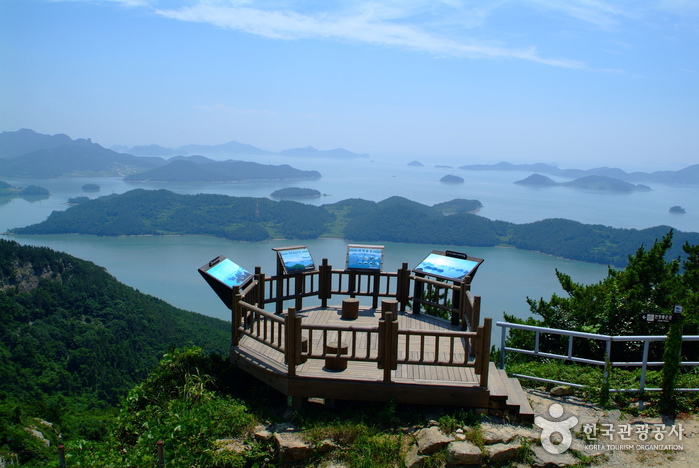
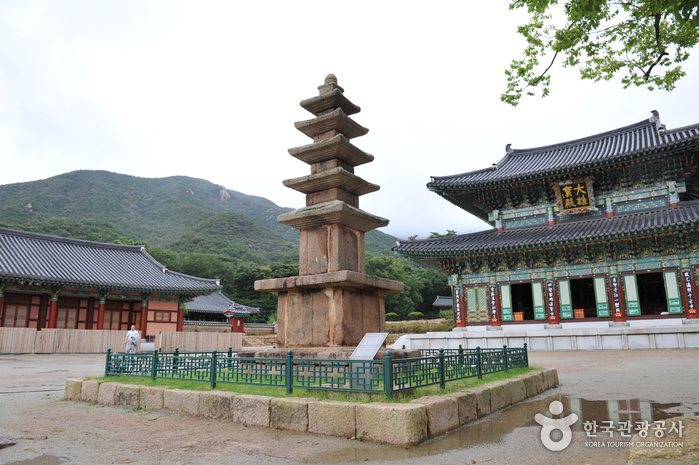
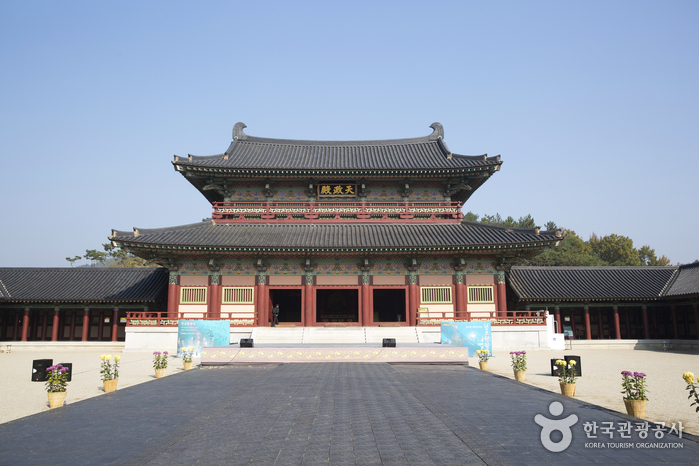
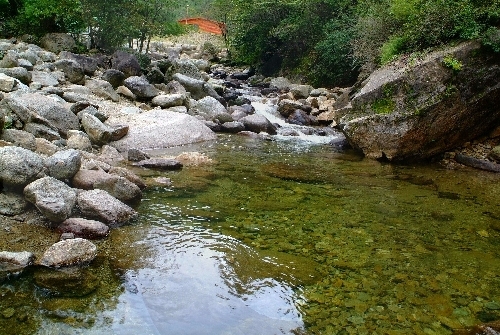
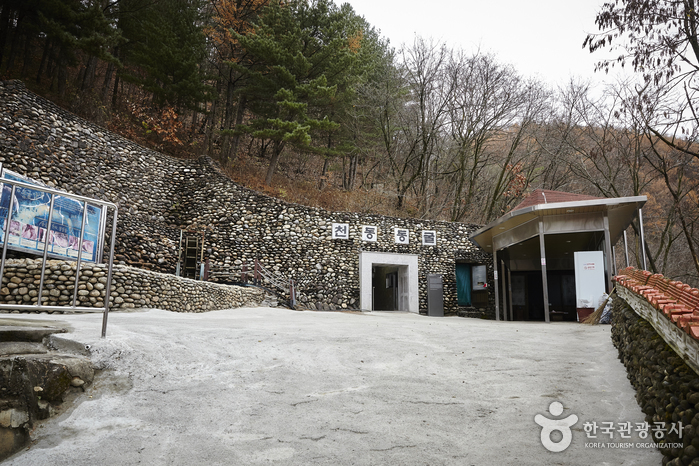
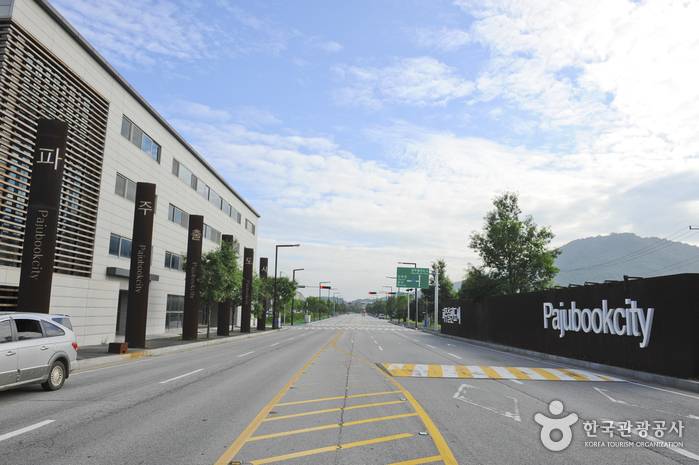
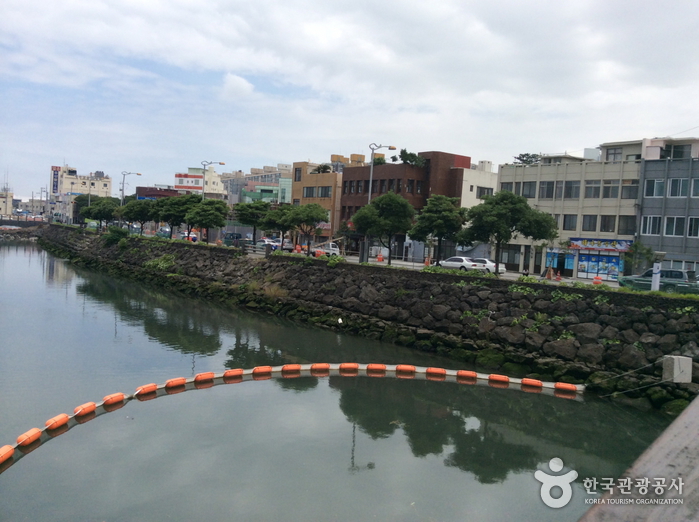
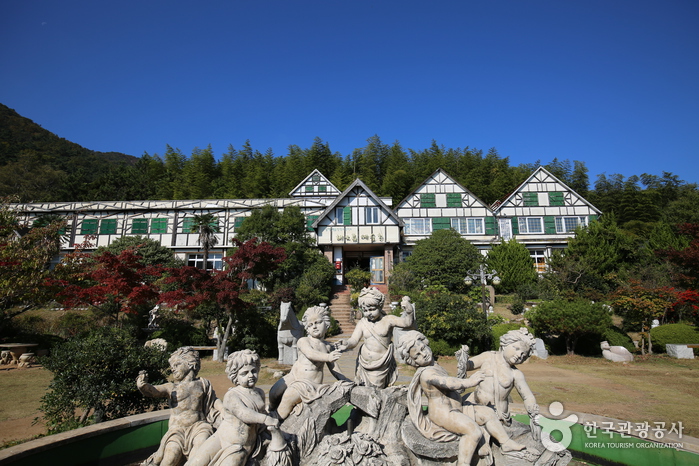

 English
English
 한국어
한국어 日本語
日本語 中文(简体)
中文(简体) Deutsch
Deutsch Français
Français Español
Español Русский
Русский